Some cars were fast. Others were fancy. But the 1929 Duesenberg Model J? It was something else entirely. Built in an era when luxury meant more than chrome and whitewalls, the Model J was about authority—on the road, in the showroom, and in the social scene. It didn’t just raise the bar; it shoved it into a new zip code.
Nearly a century later, the Duesy still holds its own. Not because it’s rare—though it is—but because it was built with serious intent. Here’s why the Model J still stops people in their tracks.
Built Like Nothing Else on the Road
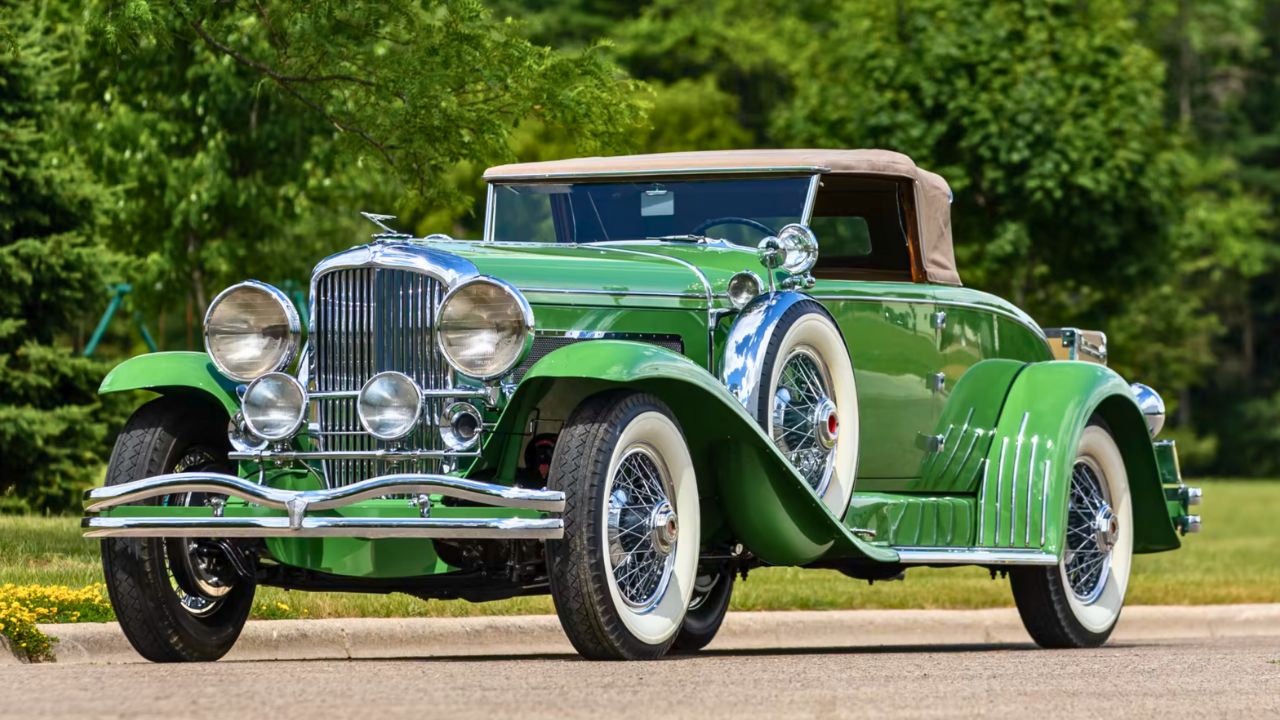
When the Model J rolled out in 1929, it didn’t just show up—it dominated. Designed by Fred Duesenberg and funded by E.L. Cord, the Model J packed a 420 cubic inch straight-eight under the hood. That engine made 265 horsepower—twice as much as anything else in its class at the time. This wasn’t a car for getting from A to B. It was built to make an entrance.
The chassis was just as serious. A ladder-type frame supported semi-elliptical leaf springs and solid axles front and rear. It rode stiff, but that was the point—it handled like a proper heavyweight. This car had presence.
Faster Than Most Could Handle

In an era when most cars topped out around 60 mph—on a good day—the Model J could push 116 mph without breaking a sweat. That straight-eight wasn’t just about bragging rights. It was engineered for sustained high-speed touring, not drag-strip blasts. It was built to cruise.
And it did all that with a 3-speed manual gearbox that delivered clean, predictable shifts. Sure, it was heavy, but the torque came on strong and smooth. For a car that weighed over two tons, it moved like something half its size. That alone kept it in a league of its own.
Coachwork That Changed the Game
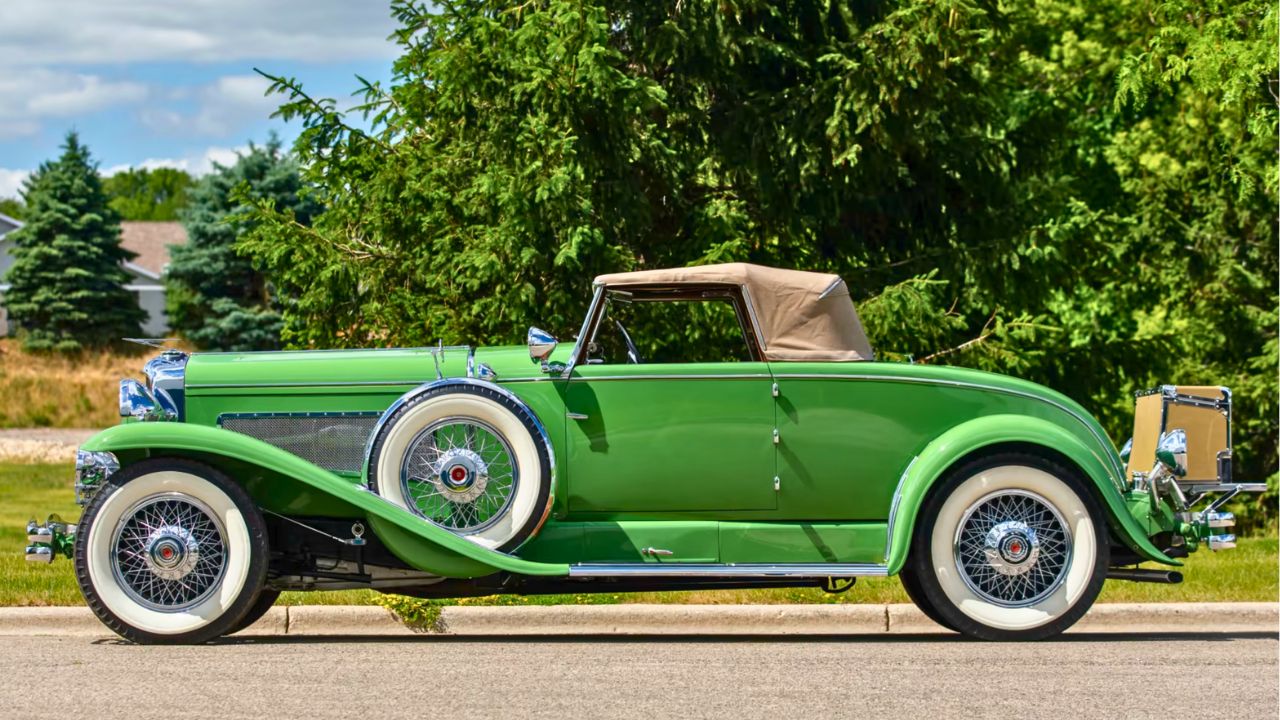
You didn’t buy a Model J off the lot. Duesenberg sold you the chassis and running gear—then you took it to a coachbuilder. Names like Murphy, LeBaron, and Derham crafted bodies that were more tailored than anything coming out of Detroit. Each one had its own personality.
Some were coupes, others were long, sweeping convertibles with rear-mounted spares and polished chrome accents. You could spot a Model J from a block away, and that wasn’t by accident. Every one of them looked intentional—made to turn heads without trying too hard.
The Interior Was All Business—And Class
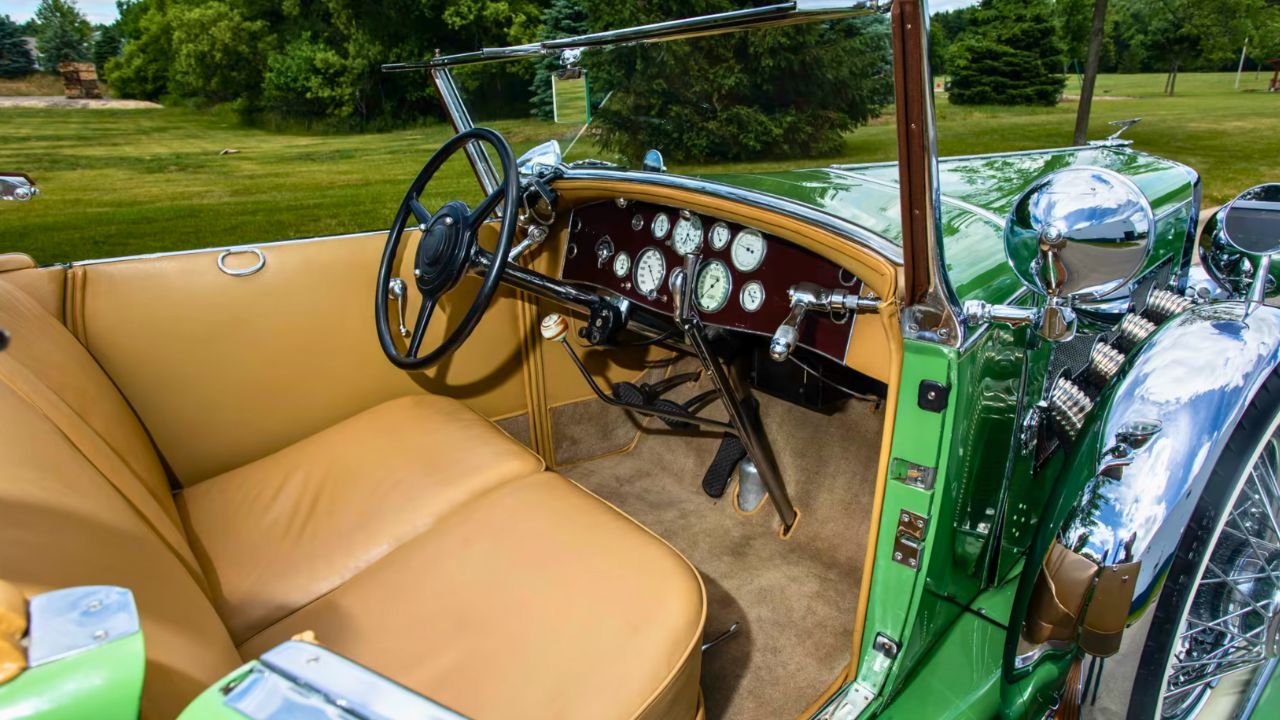
Inside, the Model J didn’t mess around with gimmicks. It was tailored, clean, and serious. Gauges were mounted in an engine-turned dash, and everything had weight to it—from the door handles to the column stalks. These weren’t decorations. They were tools.
Seats were usually wrapped in fine leather, with thick padding and elegant stitching. Rear passengers often had more legroom than modern sedans. It wasn’t flashy in the modern sense, but it was built with care. You could feel the difference every time you stepped inside and shut the door.
It Wasn’t Cheap—And That Was the Point

The Model J started around $8,500 in 1929, but most builds landed north of $13,000 depending on the coachwork. That kind of money wasn’t for your average buyer—it rivaled what you’d spend on a house. And yet, they sold to folks who wanted more than just transportation.
This car wasn’t priced to compete with Packard or Cadillac. It was meant to sit above them. If you were behind the wheel of a Duesy, it said you had options. People didn’t just notice—it made them stop and think about who you were and how you got there.
Suspension That Could Take a Beating

The Model J didn’t float like a Cadillac or wallow like a Buick. It had a solid front axle and leaf springs at all four corners. You felt the road, but in a way that kept the car composed over long drives and rough surfaces. It wasn’t plush—it was grounded.
That’s not to say it rode harsh. The long wheelbase (up to 153.5 inches) helped it stay planted and smooth out dips and cracks. On 19-inch wire wheels with bias-ply tires, the car handled with more confidence than most would expect from a 5,000-pound machine.
The Supercharged JS Was a Whole Different Animal

By 1932, Duesenberg introduced the supercharged SJ variant. That engine still displaced 420 cubic inches, but now it pumped out 320 horsepower—numbers that wouldn’t be seen again until the muscle car era. Top speed climbed north of 130 mph, which bordered on absurd at the time.
Only 36 SJs were built, and each one carried a slightly sharper edge. Louder exhaust, more aggressive tuning, and a personality that leaned more racer than cruiser. While the standard Model J was stately, the SJ was a weapon in disguise.
It Could Go the Distance
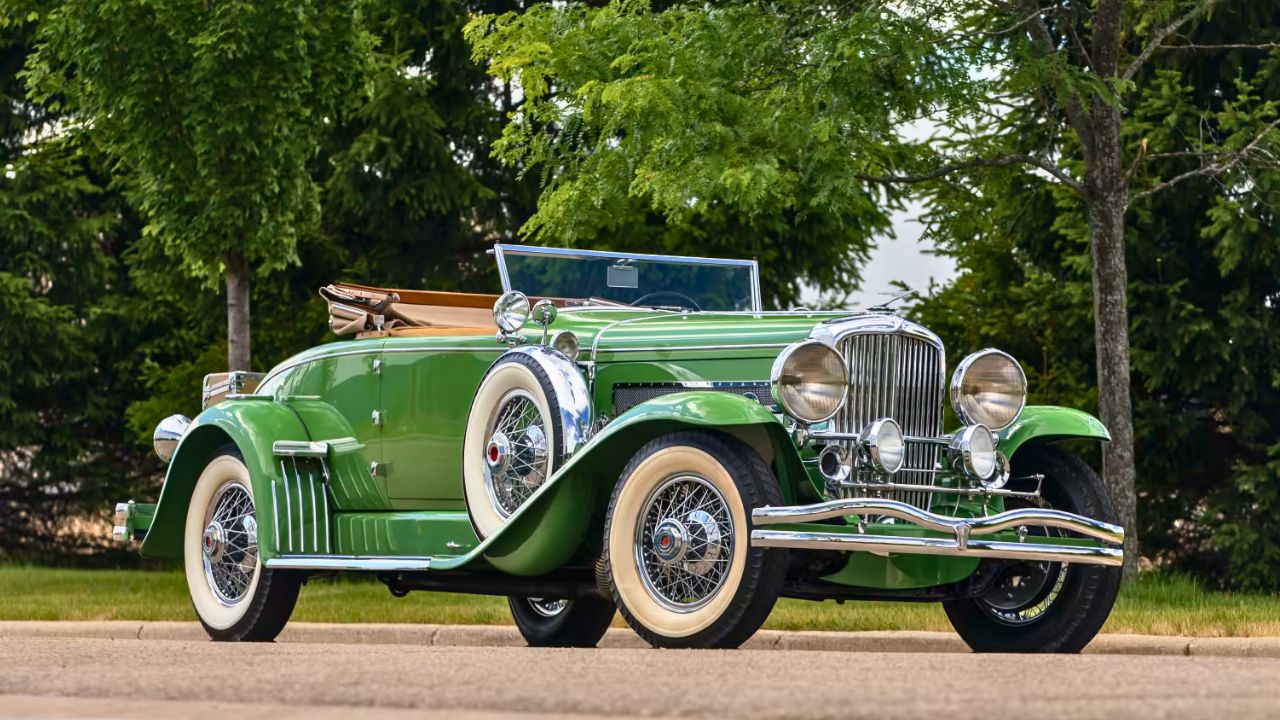
The Model J wasn’t just about short bursts of speed—it was built for long hauls. A massive 25-gallon fuel tank and a high-torque motor meant it could keep pulling for hours without strain. Drivers covered serious miles in these cars, often without a single hiccup.
Its cooling system and oiling were overbuilt to handle long drives at speed. Even today, well-maintained Model Js can cruise along at modern highway speeds. That reliability made them a favorite among those who actually drove their cars, not just showed them off.
Celebrities and Royalty Took Notice

This wasn’t some obscure luxury brand. The Model J showed up in Hollywood, on Fifth Avenue, and in European royal garages. Clark Gable had one. So did Greta Garbo and the King of Spain. These weren’t promotional stunts—they bought them because they could.
It wasn’t just about status. For many, the Duesenberg offered something American cars rarely did back then: true presence with power to back it up. It felt substantial. And once people saw one up close, that impression didn’t fade. The Model J stuck with you.
Like what you read? Here’s more by us:
*Created with AI assistance and editor review.

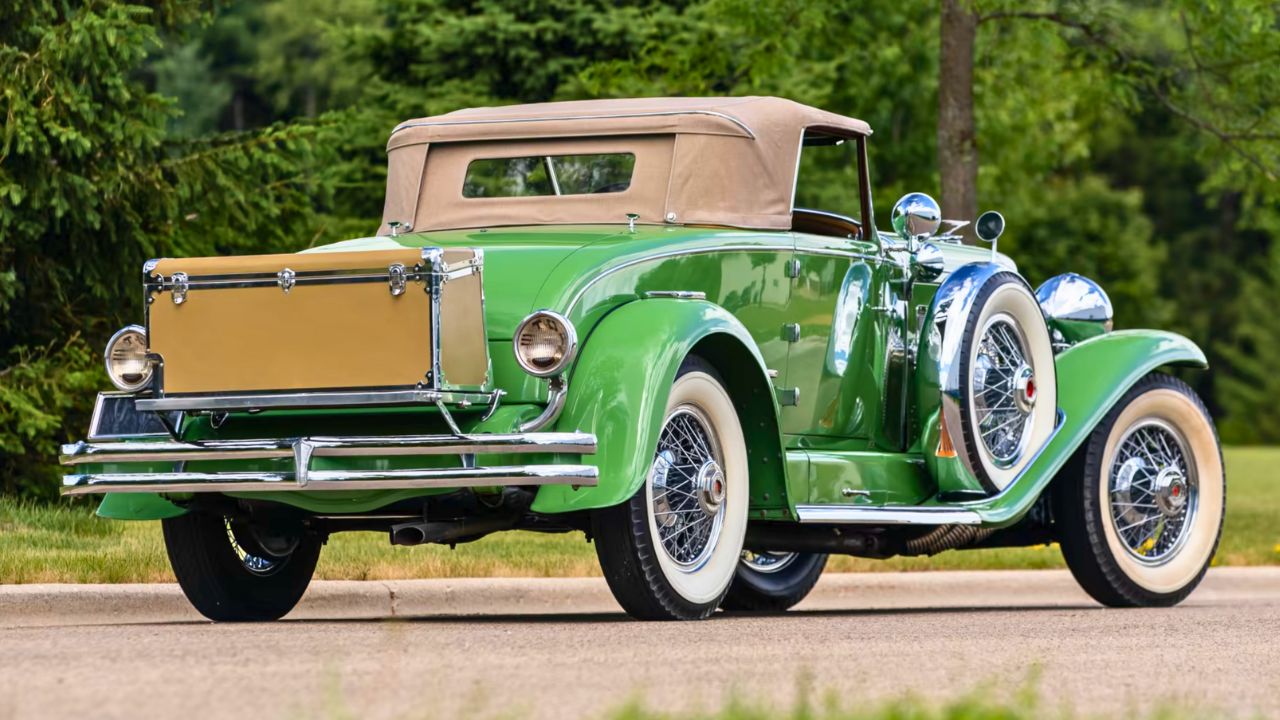
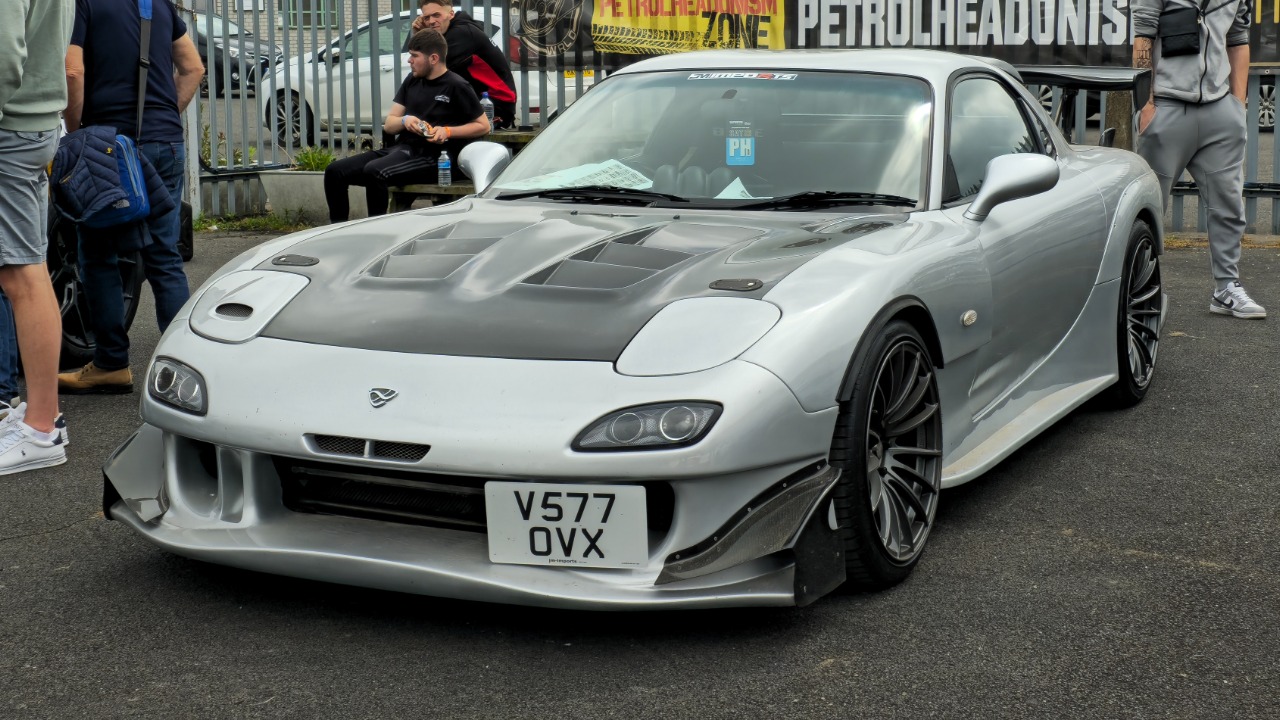
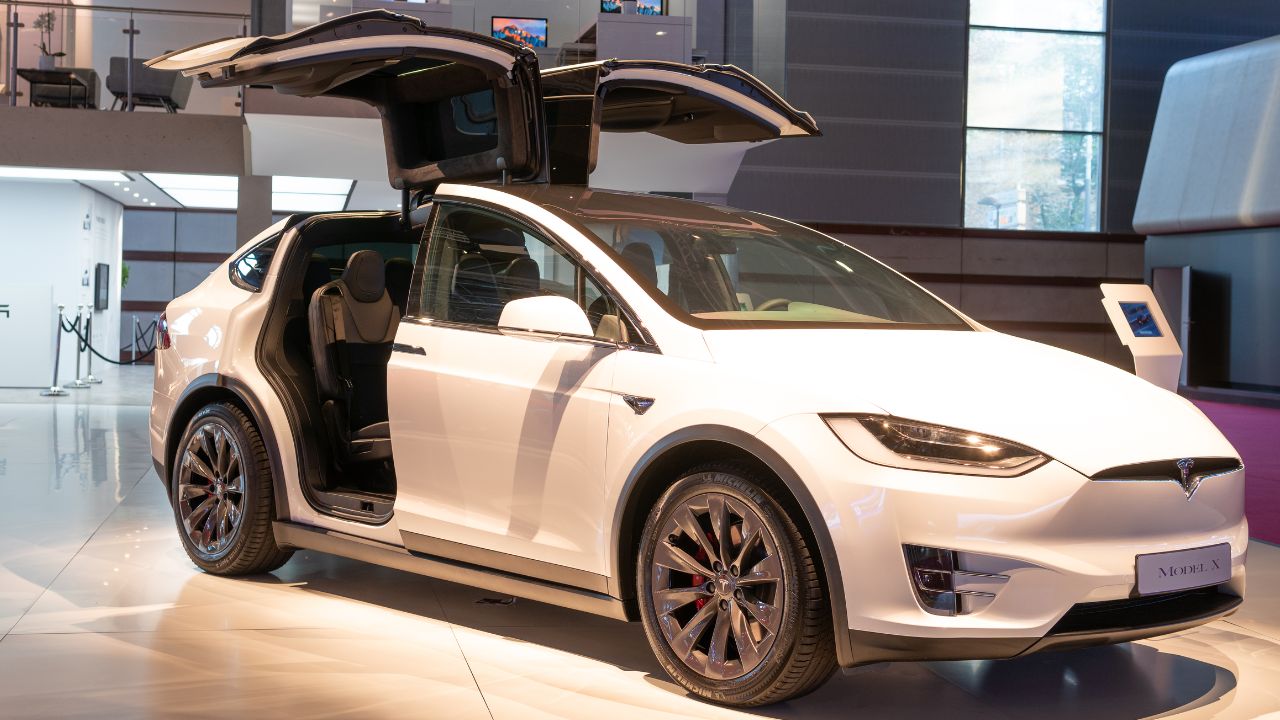

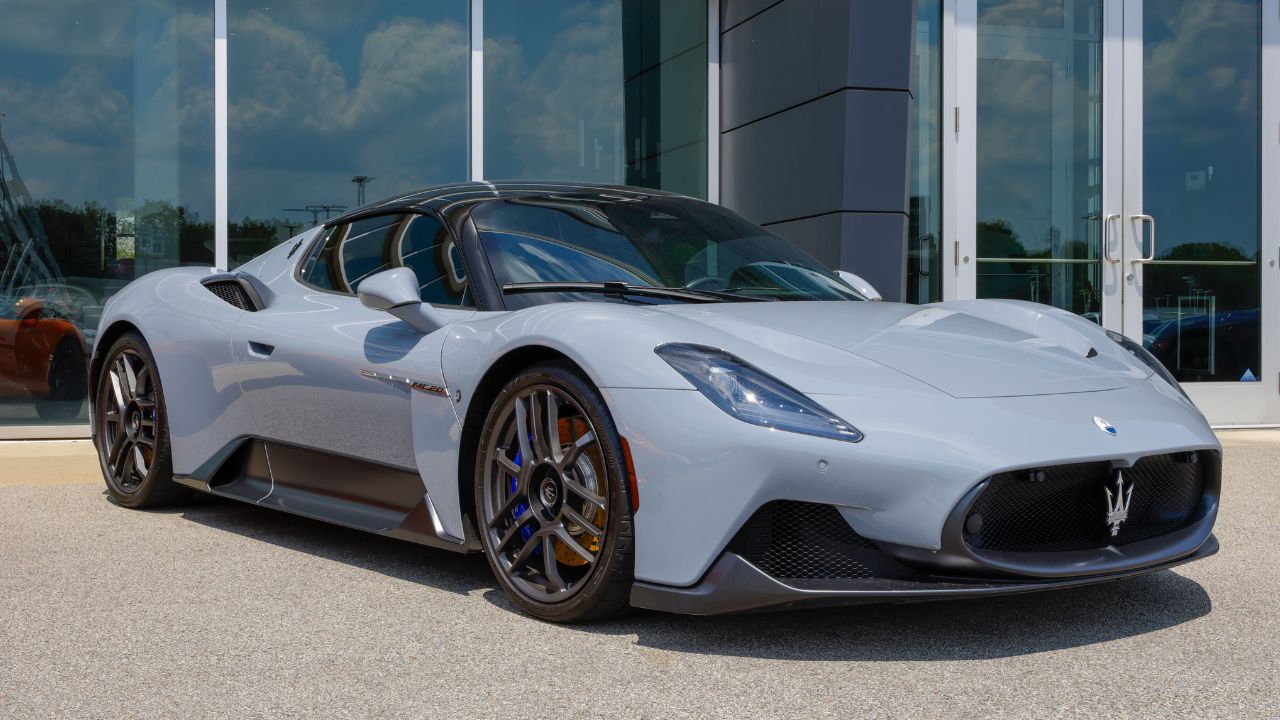
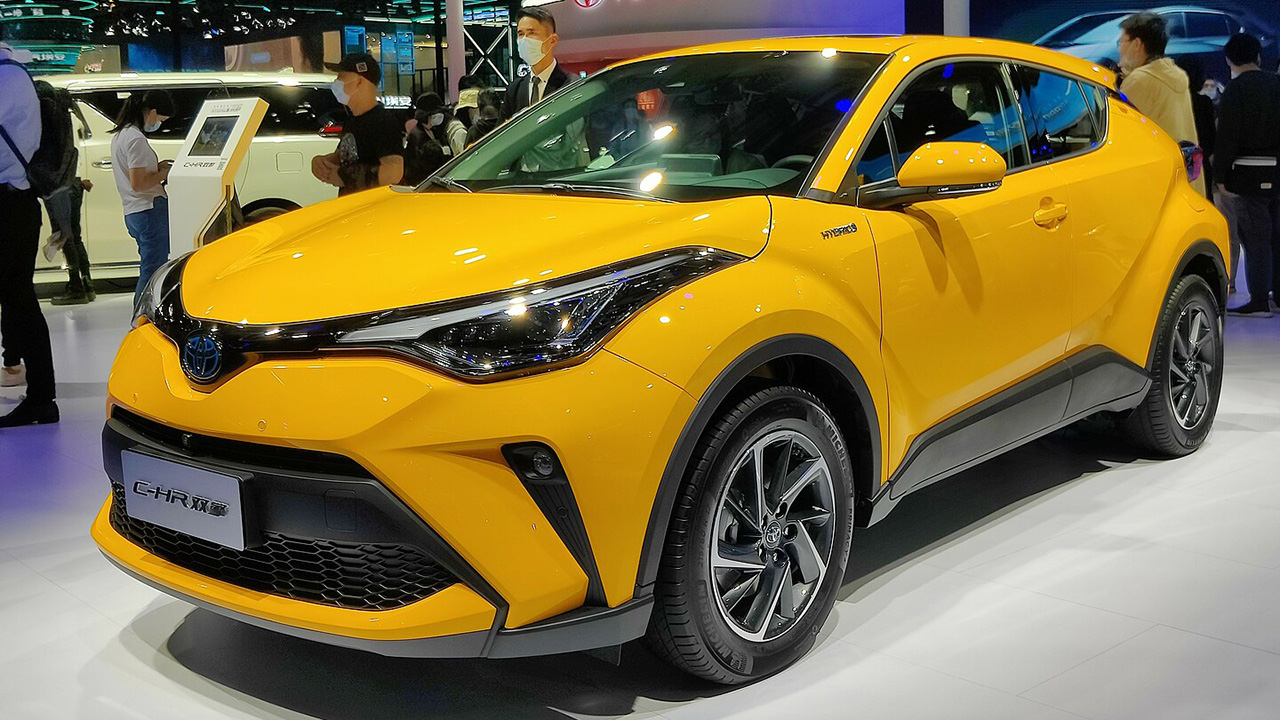
Leave a Reply